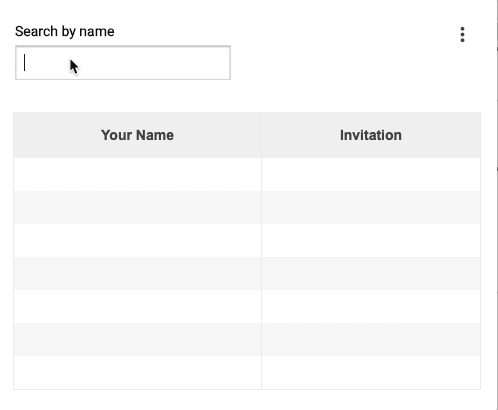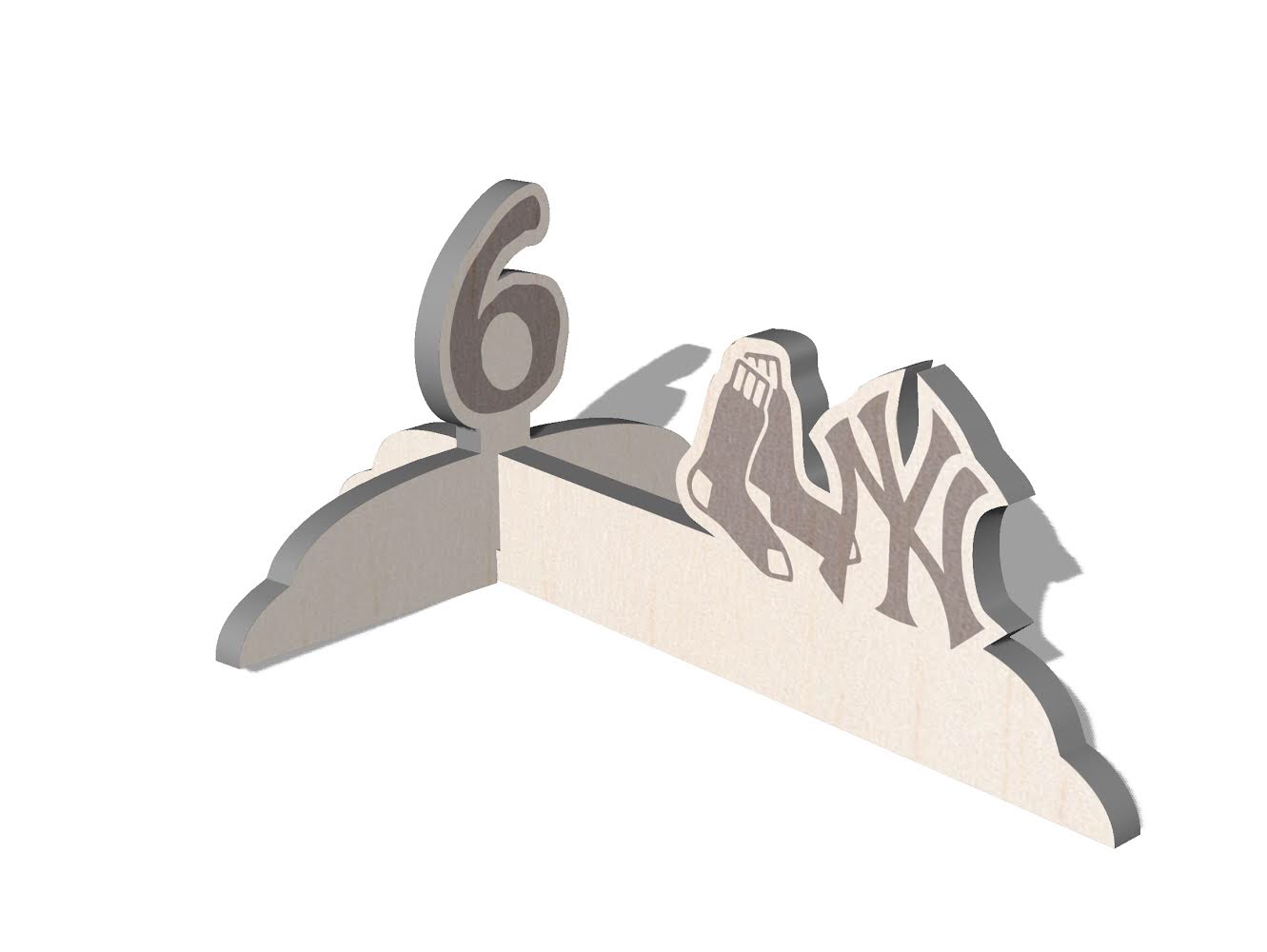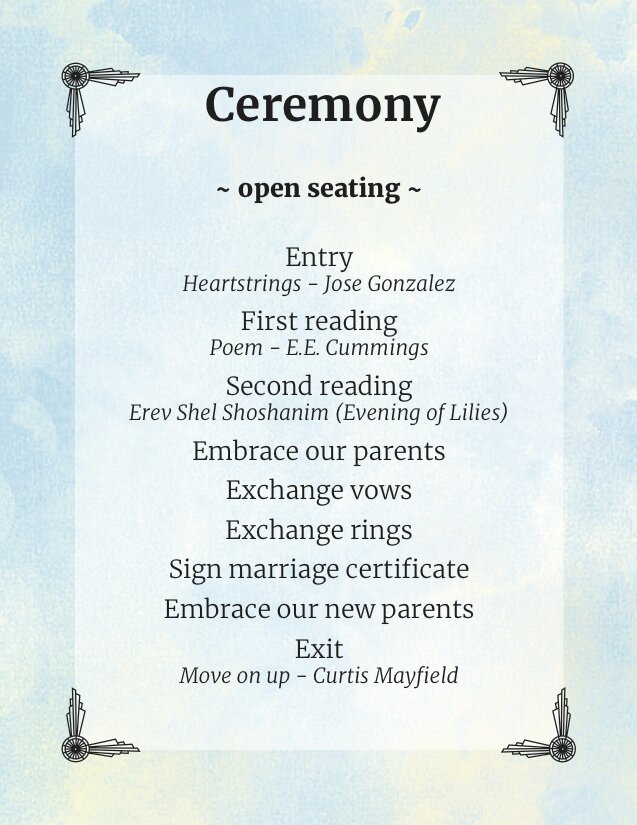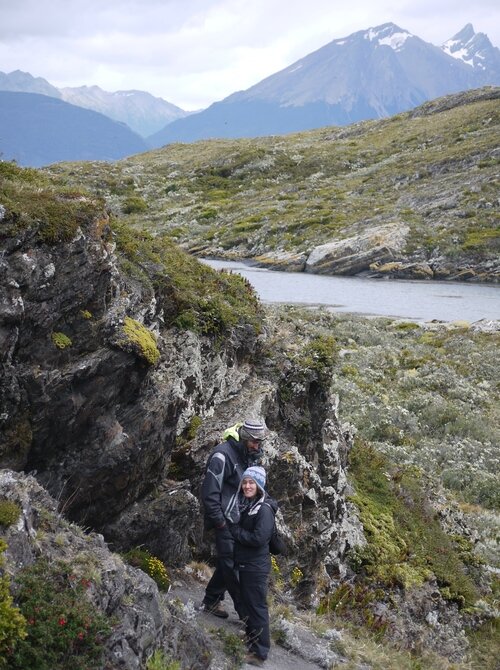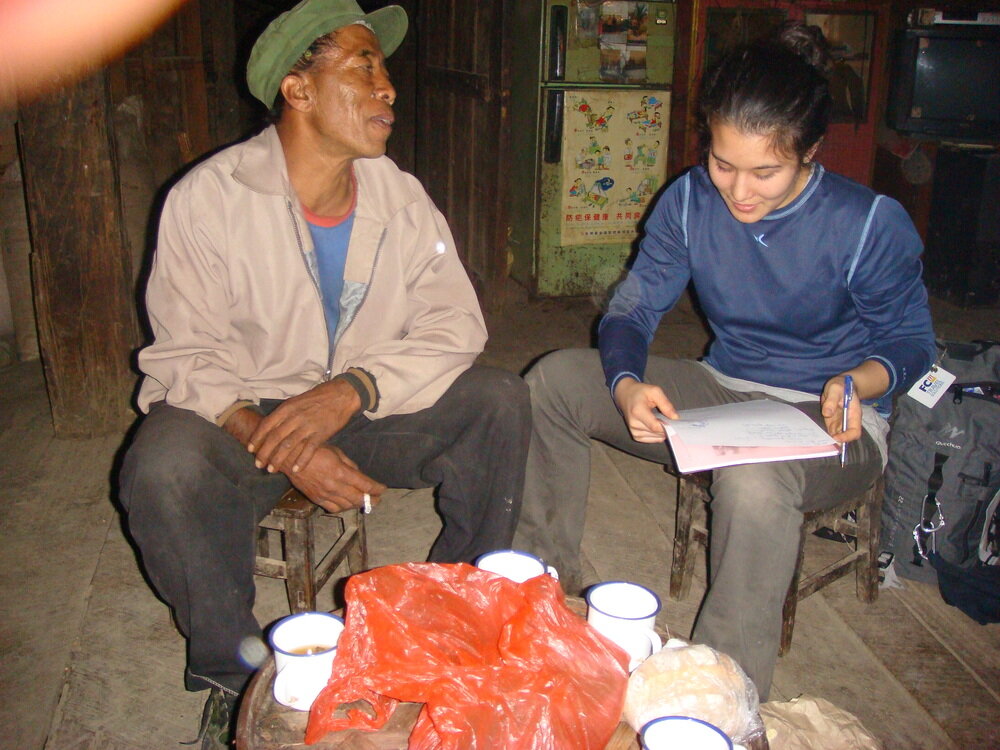
Robert and I were married Oct 2019 - and had a blast.
From the getgo, it was important to us that we walk away from the event feeling like it was very much “us”. And that we hoped our guests would have that same recognition.
So what, exactly, would make an event “authentically us”?
1. We wanted it to feel like you knew it was an event, so not too informal, but not pressured about what you were going to wear, say, or dance like, so not stuffy.
2. We wanted it to feel recognizable, so retain roughly the structure of a ceremony, but wanted to create a meld of the cultures that run in our families, so not hew to any one tradition.
3. Many were traveling in to New York City to attend, and so when we were searching for a venue, we sought out a place that would feel like it could only really be in NYC.
The Metropolitan Building was the first piece in our puzzle that fell into place - it set our date (a neat, memorable pattern in either way we write dates: 10.19.2019 or 19.10.2019)
The building is owned by a German-born interior designer, Eleanor Ambos. Check out a great write up in the New York Times here
The logistics of it all:
Wedding planning could have been a huge headache… The generous gifts of many many many others who shared the fruits of hours of labor came to our rescue. I pulled a variety of pointers and examples together into a Template I am (perhaps overly?) excited to share with anyone who announces their engagement. Key for me was having a list of items laid out that I would not have even realized needed a decision.
Creating wedding touches made for a fun spread of projects, in a variety of media:
I leveraged Awesome-table, an appropriately named awesome resource, to do more with our RSVP forms after emailing them out. We used it to create a place for guests to search for their RSVP form to give us the heads up about what they could attend.
Postcards from early 20th century that we augmented with our emblem. Found at the flea market extraordinaire, Grand Bazaar at 77th and Columbus Ave.
Japanese foam clay - a wonderful material that allows for incredibly precise blending to achieve exactly the color you want (which is key if you’re looking to get that bloodhound-tan)
Worked with my former teachers who introduced me to making jewelry (who run a phenomenal jewelry studio, Redstart Design) to make my engagement ring ideas a reality - see my more fleshed out post on the project here.
Laser cutting dreams came true at NY Design’s FabLab, where I cut out the table-top numbers which house references for the different tables.
Guests loved the personal references used in each table - more on how we made our wedding our own here
My dear friend Jacob Portes sang Erev Shel Shoshanim, a Jewish folksong on love, bringing in a Jewish tradition without making it necessarily religious.
Japanese tradition includes a dedicated ritual that includes all three couples: the bride & groom, and both sets of parents. (Learn about the San san kudo ceremony here). We created our own version… with hugs.
Take a listen through the initial playlists we handed over as general inspiration / soundboard to DJ Mulry, of 74 Events, who took it and added his own flair.
Once it got to dancing, he knew exactly how to keep us all going and read the room exceptionally well.
Here moments of the day - shot masterfully by Natasha Ilana Photography
And additional behind the scenes:

photo credit: Andy Katz Photography

photo credit: Andy Katz Photography

photo credit: Andy Katz Photography





photo credit: Andy Katz Photography

photo credit: Andy Katz Photography





























